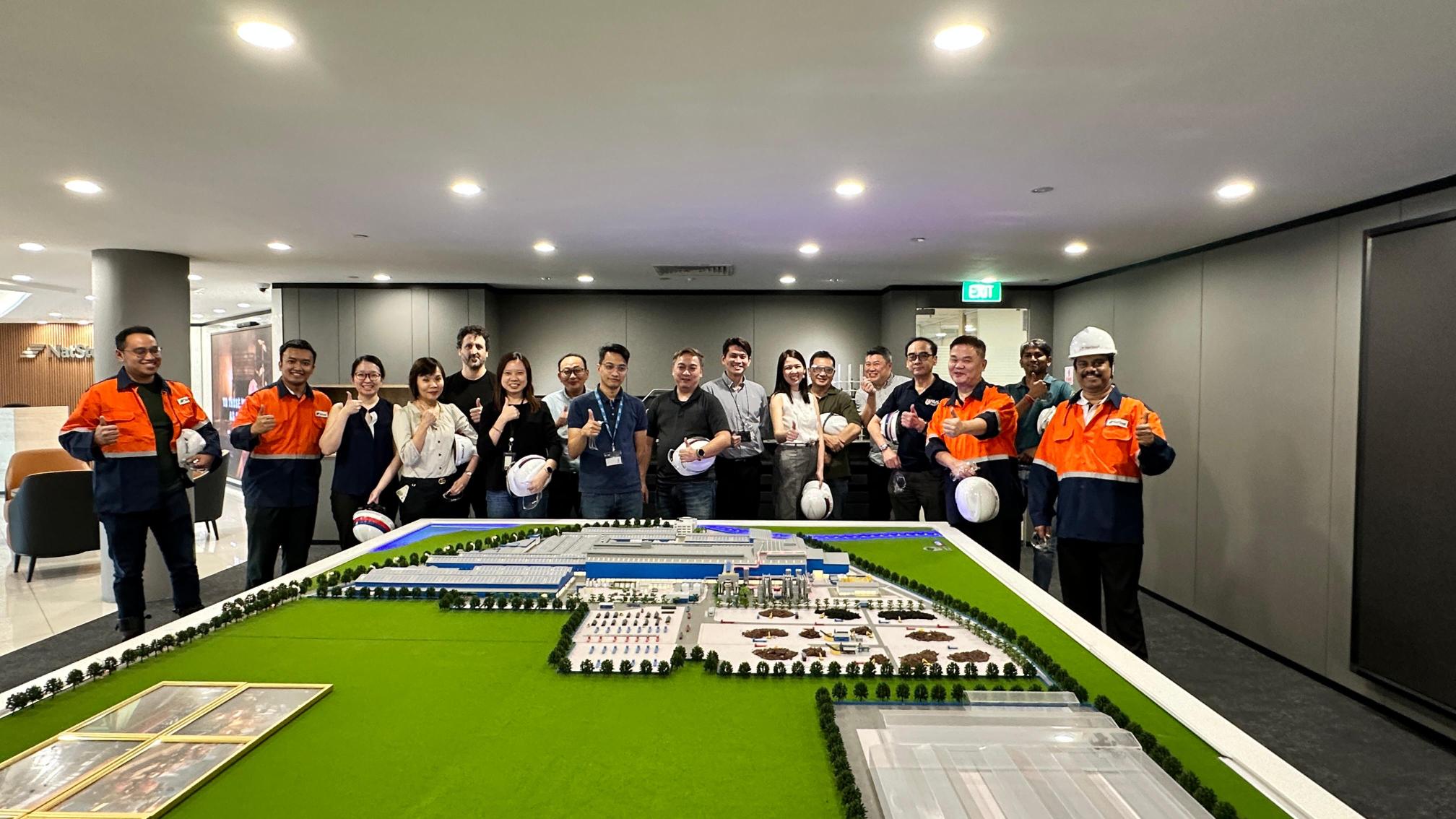🌱 UCI Learning Journey: Understanding Low-Carbon & Higher Grade Steel
On 15 July 2025, colleagues from across UCI, including from the Sustainability Strategy Unit, Project Management Team, Administration and Contracts Team, and colleagues from the NUS Central Procurement Office, visited NatSteel to explore how steel production methods and material choices can influence embodied carbon in the built environment.
This visit builds on our earlier engagements to explore low carbon concrete and reflects UCI’s continued efforts to broaden our understanding of sustainable construction materials. As steel can contribute up to 30–50% of a building’s embodied carbon, identifying lower-carbon alternatives is a key approach to reduce embodied carbon.
Key insights from the visit:
⚡ Production pathways matter: Electric Arc Furnaces (EAF), which use electricity, offer a lower-carbon alternative to traditional Basic Oxygen Furnaces (BOF) that rely on coke, a carbon-intensive fuel source.
🔁 Recycled content reduces impact: The use of scrap steel in the production process supports circularity and reduces emissions compared to the use of virgin steel.
📉 Higher grade steel offers dual benefits: While higher grade steel may have a higher upfront cost, it can reduce the total volume of steel required, leading to savings in other steps in the process (e.g. fabrication and installation), and a lower embodied carbon footprint.
📊 Carbon-conscious specifications are a key focus: Developers are increasingly incorporating embodied carbon targets and Global Warming Potential (GWP) thresholds into material specifications, reflecting a shift toward more specific sustainable procurement requirements.
This learning journey provided valuable perspectives on how steel choices can influence sustainability outcomes in construction. UCI will continue to strive to integrate embodied carbon considerations into procurement and project planning, in support of NUS’s broader sustainability goals.

To enjoy the full experience, please upgrade your browser
Try this browser